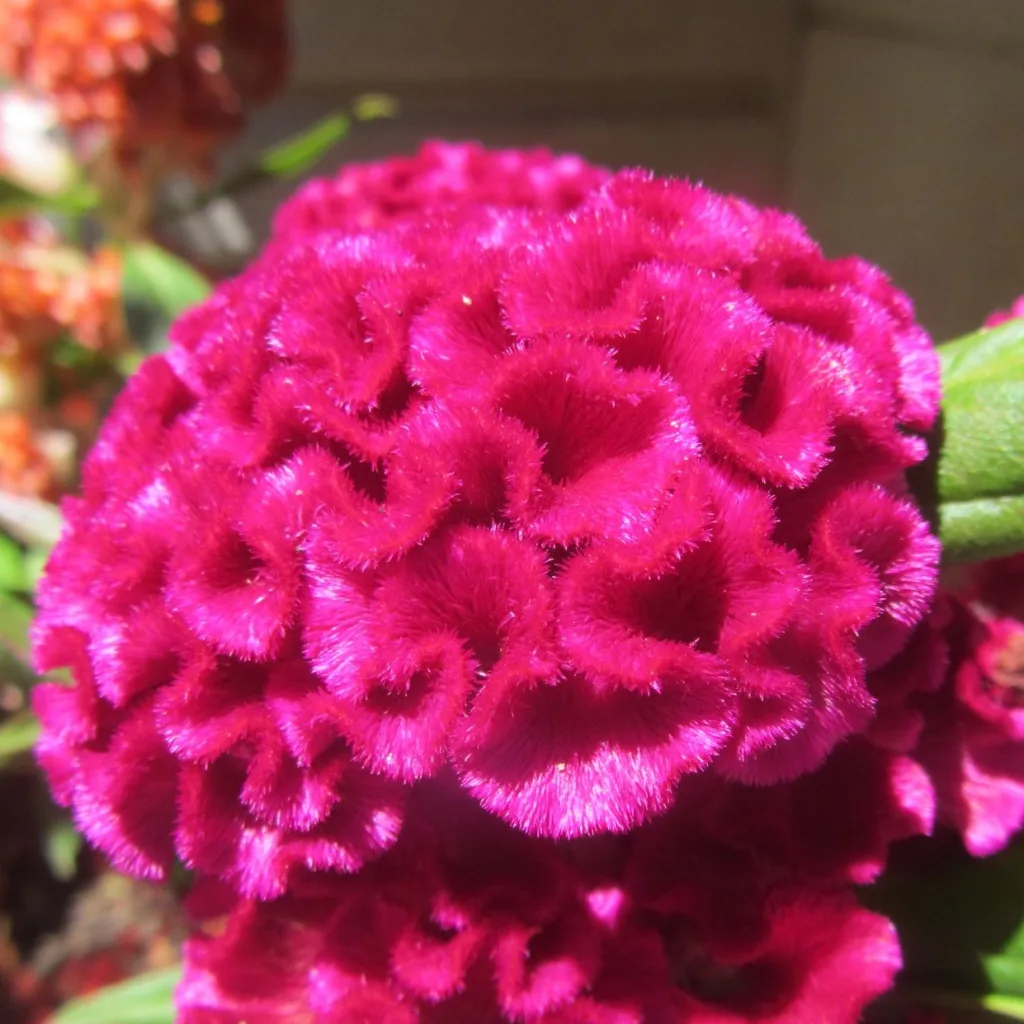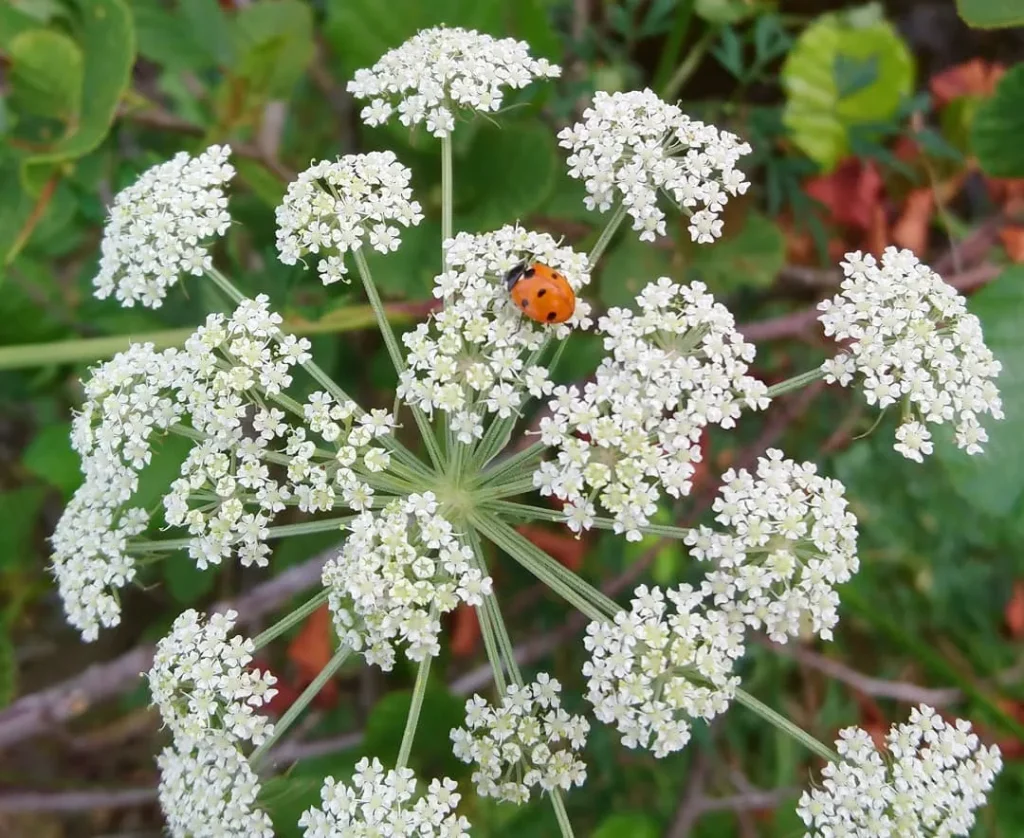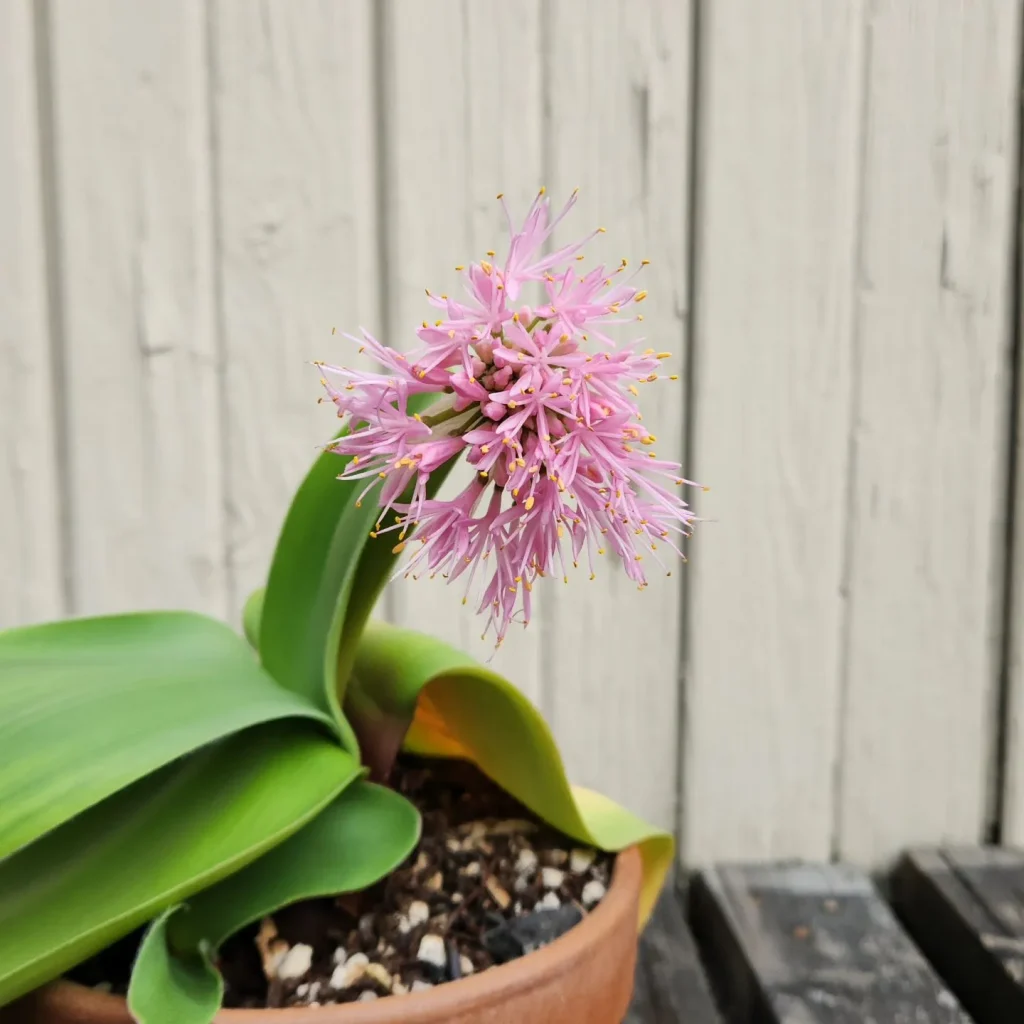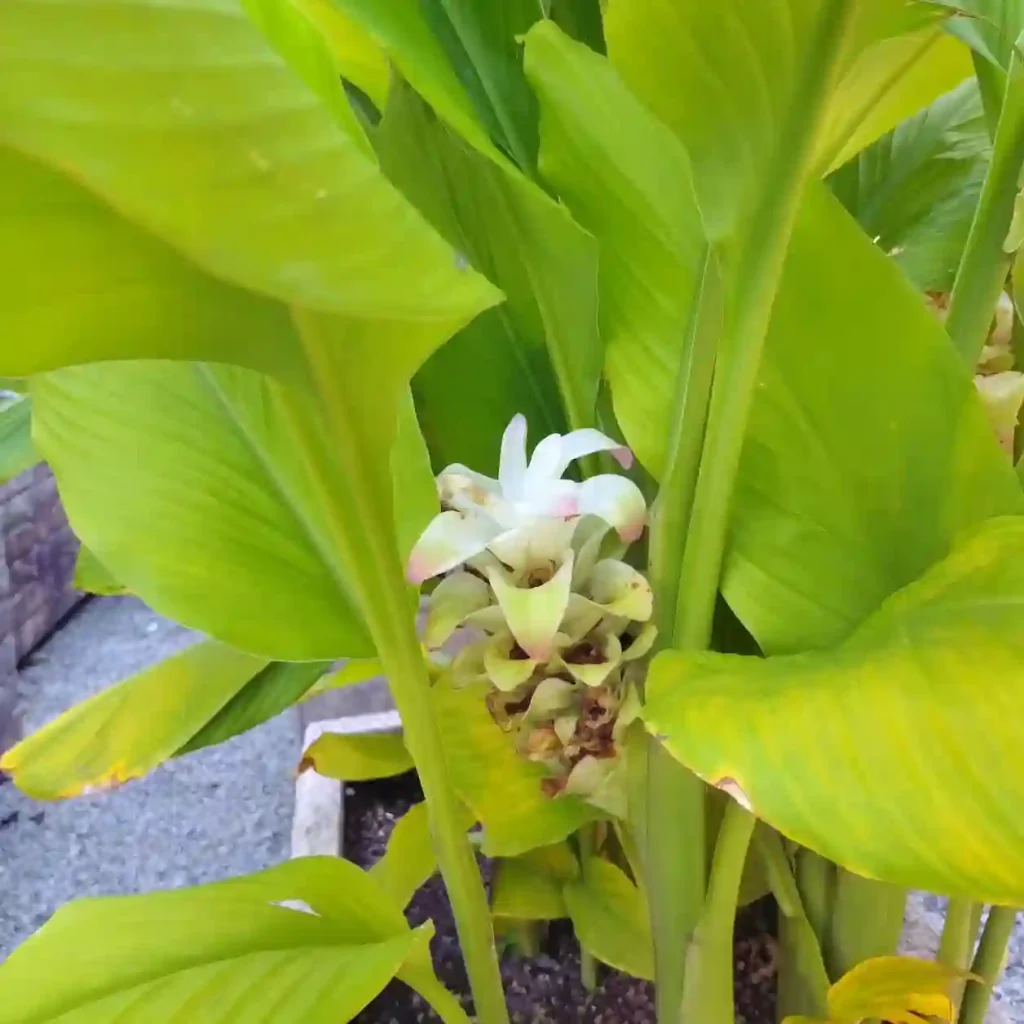Exploring the Schoepfiaceae Family: A Personal Journey
As a plant enthusiast, my journey into the diverse world of botany has led me to the intriguing Schoepfiaceae family. This family is composed of several unique genera, including Arjona, Quinchamalium, and Schoepfia. Each of these genera possesses distinct characteristics, ecological roles, and historical significance. In this article, I will share my insights and experiences with these fascinating plants.
Understanding the Schoepfiaceae Family
The Schoepfiaceae family belongs to the order of Ericales and is primarily found in the temperate and subtropical regions of the Americas. I first encountered Schoepfiaceae during my exploration of the botanical gardens in Chile. The beauty of these plants drew me in, and I began to delve deeper into their classification and ecological importance.
Genera of the Schoepfiaceae Family
Arjona: The Lesser-Known Gem
One of the lesser-known genera in the Schoepfiaceae family is Arjona. This genus is primarily found in the coastal regions of South America, particularly in Chile. I was captivated by the unique adaptations of Arjona plants, which thrive in harsh, saline environments. The leaves of Arjona species are often fleshy and succulent, allowing them to store water efficiently.
In my exploration of Arjona, I learned that the plants in this genus have been utilized by local communities for their medicinal properties. Traditional healers have used Arjona for various ailments, making it an essential part of the local culture. This connection between plants and people resonates with my belief in the importance of biodiversity and its impact on human health.
Quinchamalium: A Symbol of Resilience
Another fascinating genus within the Schoepfiaceae family is Quinchamalium. Named after the town of Quinchamalí in Chile, these plants are known for their adaptability to extreme conditions. I remember hiking through the rugged landscapes of central Chile and stumbling upon Quinchamalium in full bloom. The vibrant flowers stood out against the rocky terrain, symbolizing resilience and survival.
Quinchamalium species are often found in areas prone to drought, showcasing their ability to thrive in challenging environments. This adaptability has sparked my interest in studying plant responses to climate change. Understanding how these plants cope with stress can provide valuable insights into broader ecological dynamics.
Schoepfia: The Iconic Genus
Schoepfia, the most well-known genus in the Schoepfiaceae family, features a diverse array of species. I have had the pleasure of observing Schoepfia plants in their natural habitat, where their striking foliage and unique flowers capture attention. One of the most notable species is Schoepfia shottii, which has an intriguing growth habit and produces beautiful, fragrant flowers.
Schoepfia species often thrive in shaded areas, which adds another layer to my appreciation of their ecological role. They provide habitats for various organisms, including pollinators, and contribute to the overall biodiversity of their ecosystems. I have spent countless hours observing the interactions between Schoepfia and its pollinators, which has deepened my understanding of the intricate relationships within plant communities.
The Importance of Conservation
As I delved deeper into the Schoepfiaceae family, I became increasingly aware of the conservation challenges facing these plants. Habitat loss and climate change pose significant threats to their survival. My experiences have fueled my passion for advocating for the protection of these unique ecosystems.
I’ve participated in several conservation efforts, working alongside local communities to raise awareness about the importance of preserving native flora. It is vital to educate others about the significance of these plants, not only for their aesthetic value but also for their ecological contributions. Each species in the Schoepfiaceae family plays a role in maintaining the balance of its ecosystem, and losing any of them could have cascading effects.
Conclusion
Exploring the Schoepfiaceae family has been a rewarding journey for me. Each genus—Arjona, Quinchamalium, and Schoepfia—offers a glimpse into the incredible diversity and adaptability of plant life. My experiences with these plants have inspired me to advocate for their conservation and to share my passion with others.
Through this exploration, I have learned that the relationship between humans and plants is deeply interconnected. By protecting the Schoepfiaceae family and its habitats, we also safeguard our own well-being. As I continue my botanical journey, I hope to inspire others to appreciate and protect the remarkable plants that enrich our world.
If i die, water my plants!



